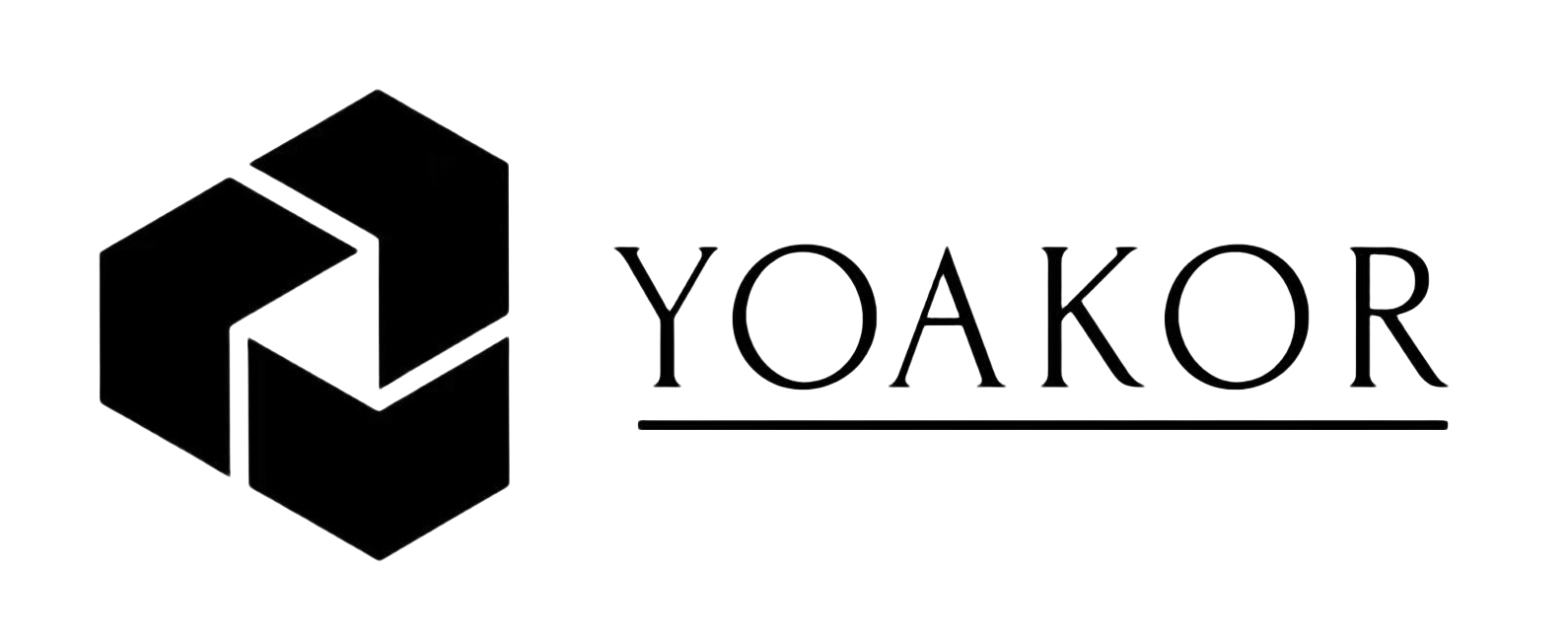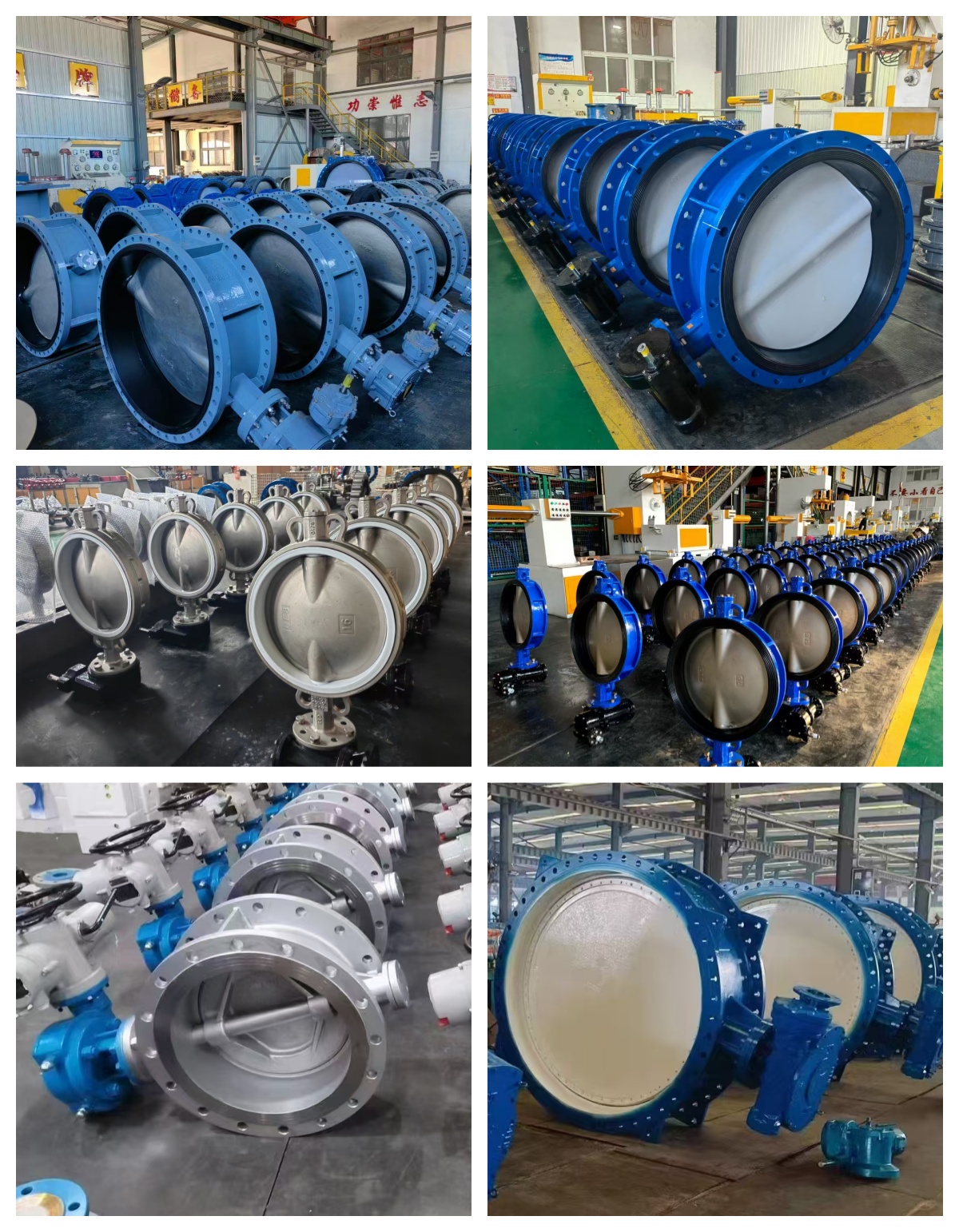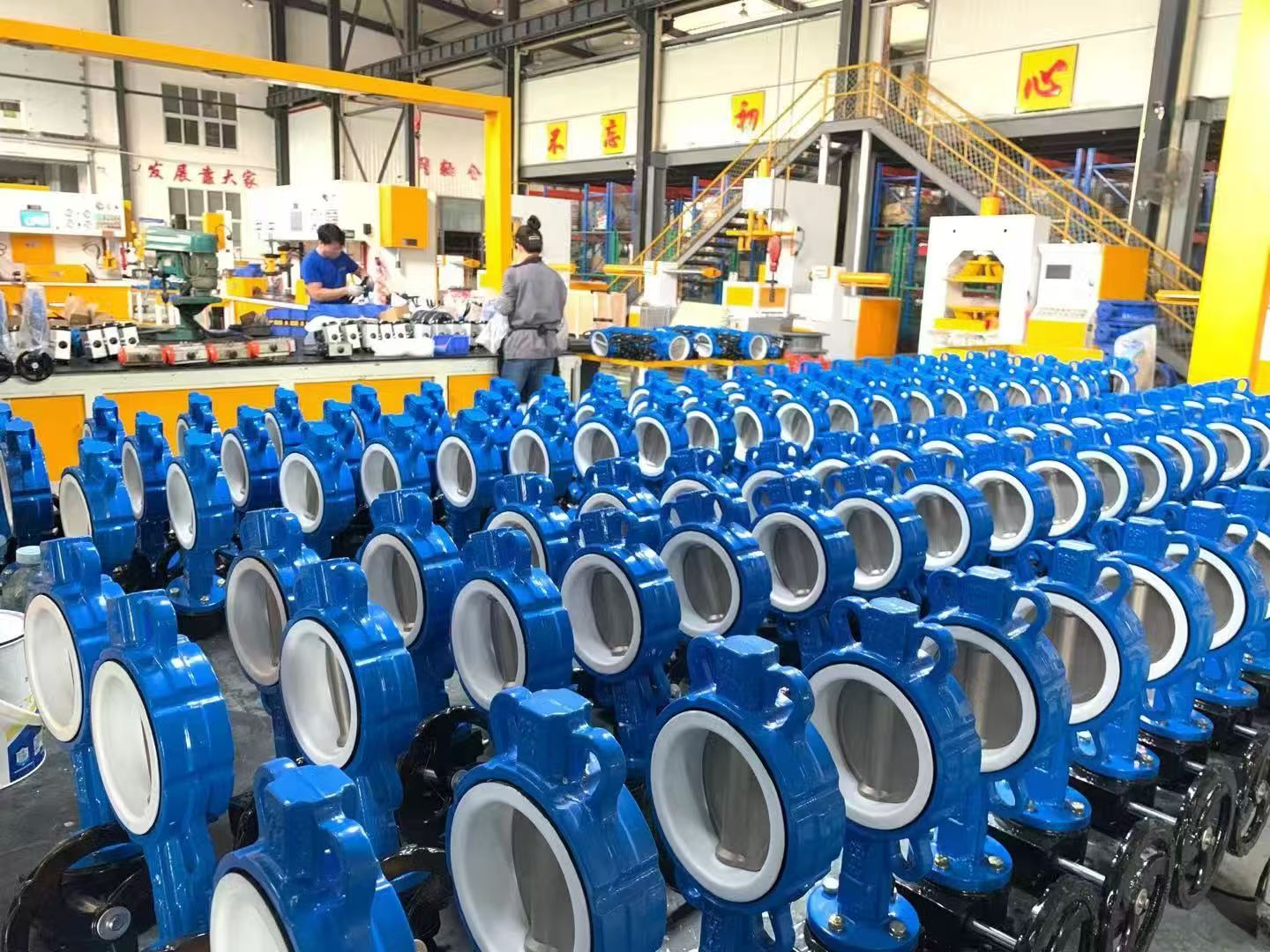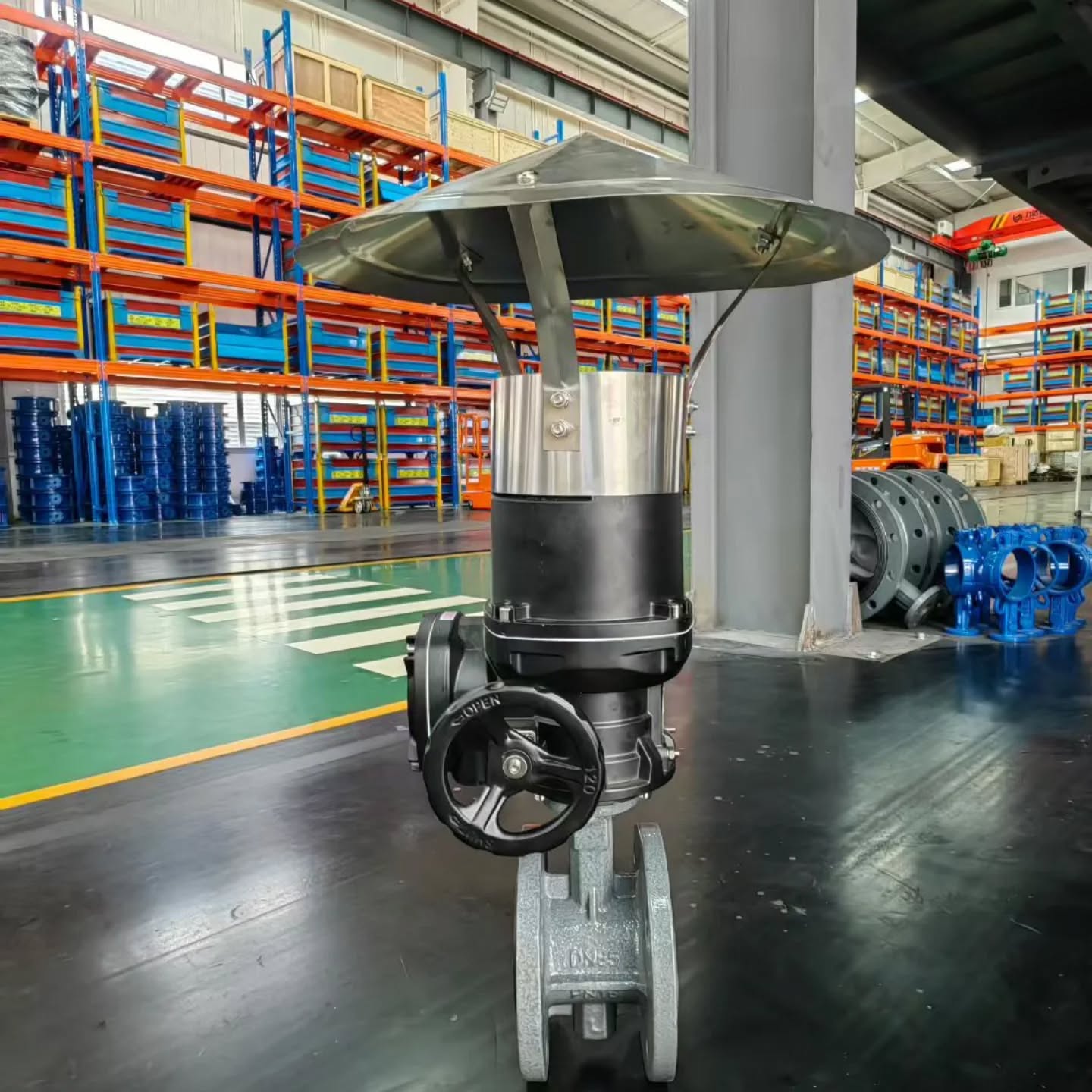Screw conveyor is a machine that uses a motor to drive the screw to rotate and push the material to achieve the purpose of conveying. It can convey horizontally, obliquely or vertically, and has the advantages of simple structure, small cross-sectional area, good sealing, convenient operation, easy maintenance, and convenient closed transportation. Screw conveyors are divided into two types of conveying forms: shaft screw conveyors and shaftless screw conveyors, and are divided into U-shaped screw conveyors and tubular screw conveyors in appearance. Shaft screw conveyors are suitable for non-sticky dry powder materials and small particle materials. (For example: cement, fly ash, lime, grain, etc.) While shaftless screw conveyors are suitable for conveyors with sticky and easily entangled materials. (For example: sludge, biomass, garbage, etc.) The working principle of the screw conveyor is that the rotating spiral blade pushes the material to be conveyed by the screw conveyor. The force that prevents the material from rotating with the screw conveyor blade is the weight of the material itself and the friction resistance of the screw conveyor casing to the material. The spiral blades welded on the rotating shaft of the screw conveyor have solid surface type, belt surface type, blade surface type and other types according to the different conveying materials. The screw shaft of the screw conveyor has a thrust bearing at the end of the material movement direction to provide axial reaction force to the screw along with the material. When the screw conveyor is long, an intermediate hanging bearing should be added.
The screw conveyor has the following characteristics
1) The structure is relatively simple and the cost is low .
2) The operation is reliable and the maintenance and management are simple.
3) The size is compact, the cross-section size is small, and the floor space is small. It is easy to enter and exit the hatch and compartment during the unloading and unloading operations at the port.
4) It can achieve sealed conveying, which is conducive to conveying materials that are easy to fly, hot and have strong odors, which can reduce pollution to the environment and improve the working conditions of port workers.
5) It is easy to load and unload. The horizontal screw conveyor can be loaded and unloaded at any point on its conveying line; the vertical screw conveyor can have excellent retrieving performance if a relative screw reclaiming device is configured.
6) It can convey in reverse, and can also enable a conveyor to convey materials in two directions at the same time, that is, toward the center or away from the center.








